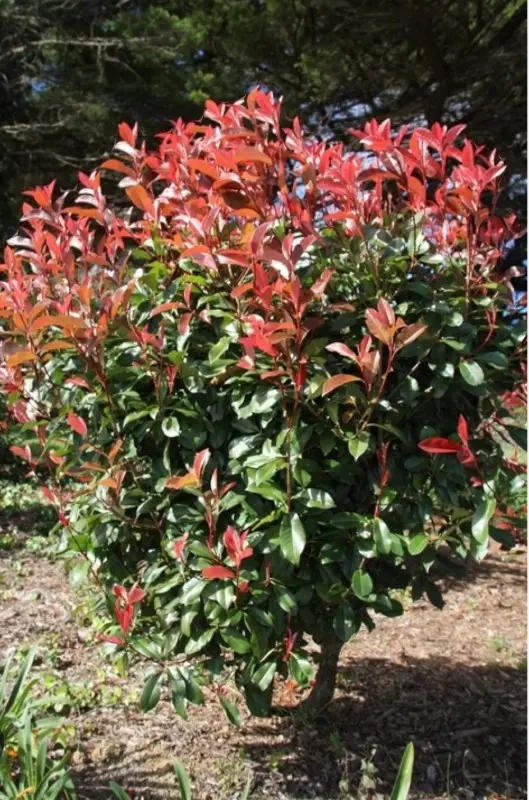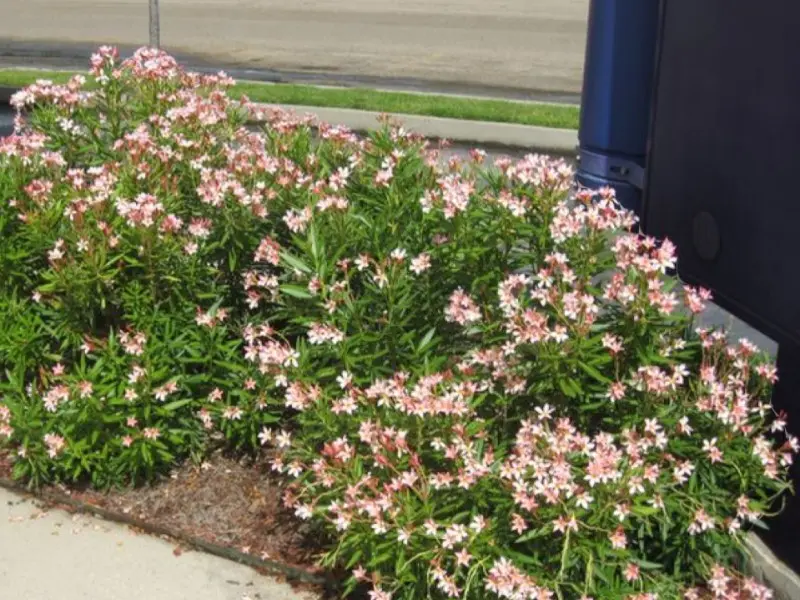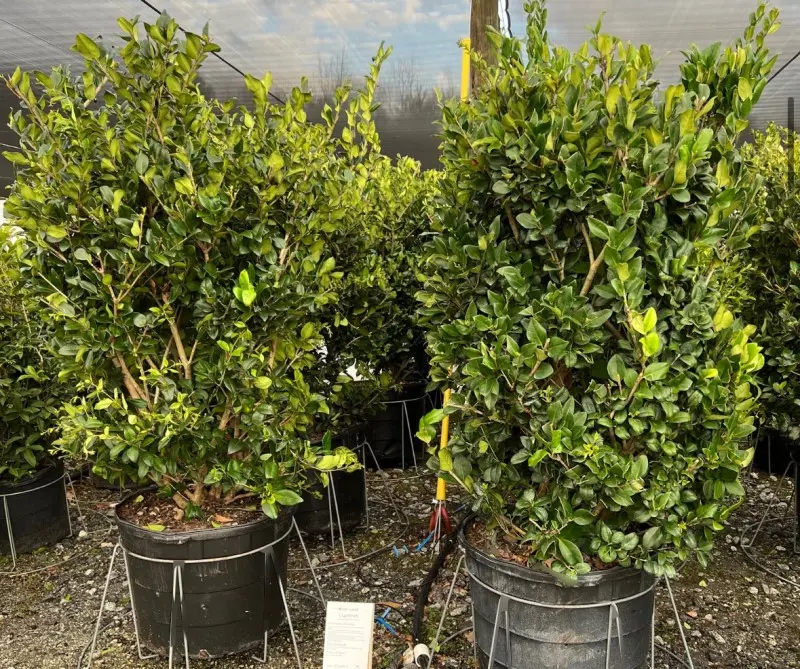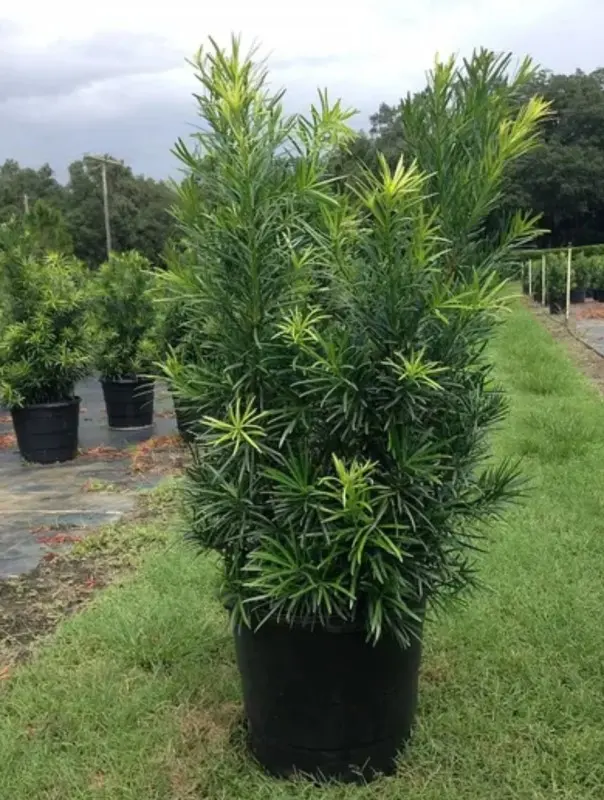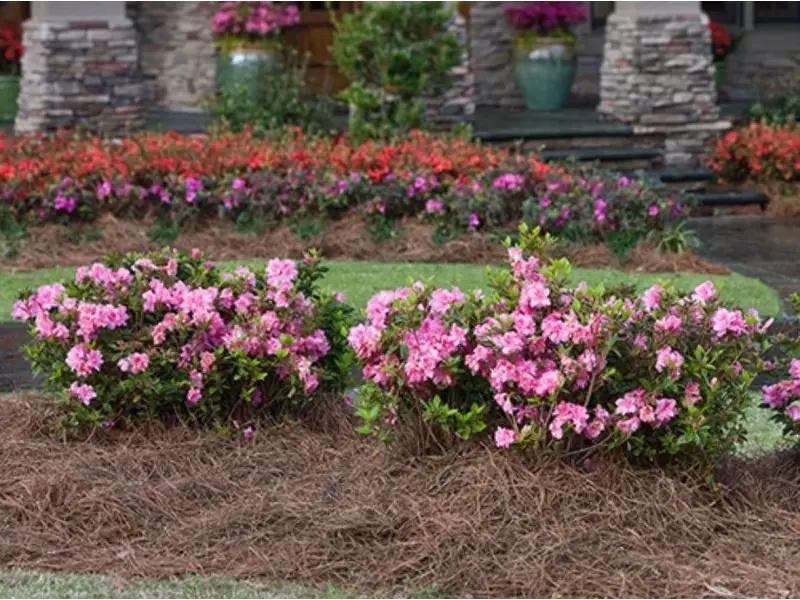Description
Red Tip (Photinia x fraseri), commonly known as Fraser Photinia, is a vibrant, evergreen shrub celebrated for its striking red new foliage that matures to a glossy dark green. This color-changing characteristic makes Red Tip an eye-catching addition to landscapes, as the young, red leaves emerge in spring, providing a stunning contrast against the older green foliage. In late spring, Red Tip may produce clusters of small white flowers, which add to its seasonal interest and attract pollinators like bees.
Growing to a height of 10 to 15 feet with a similar spread, Red Tip Photinia is often used as a privacy screen, hedge, or large accent shrub. It thrives in full sun to partial shade and performs best in USDA zones 7-9. This shrub is relatively adaptable to various soil types as long as they are well-draining and prefers regular watering during dry spells, although it can tolerate brief periods of drought once established.
Low-maintenance overall, Red Tip may benefit from light pruning in early spring to maintain its shape and encourage the production of fresh red foliage. It’s also important to space plants adequately to promote good air circulation, as this shrub can be susceptible to leaf spot if crowded. With its year-round greenery, striking red flush, and moderate care needs, Red Tip Photinia provides a bold and colorful option for privacy hedging or as a focal point in large garden beds.

